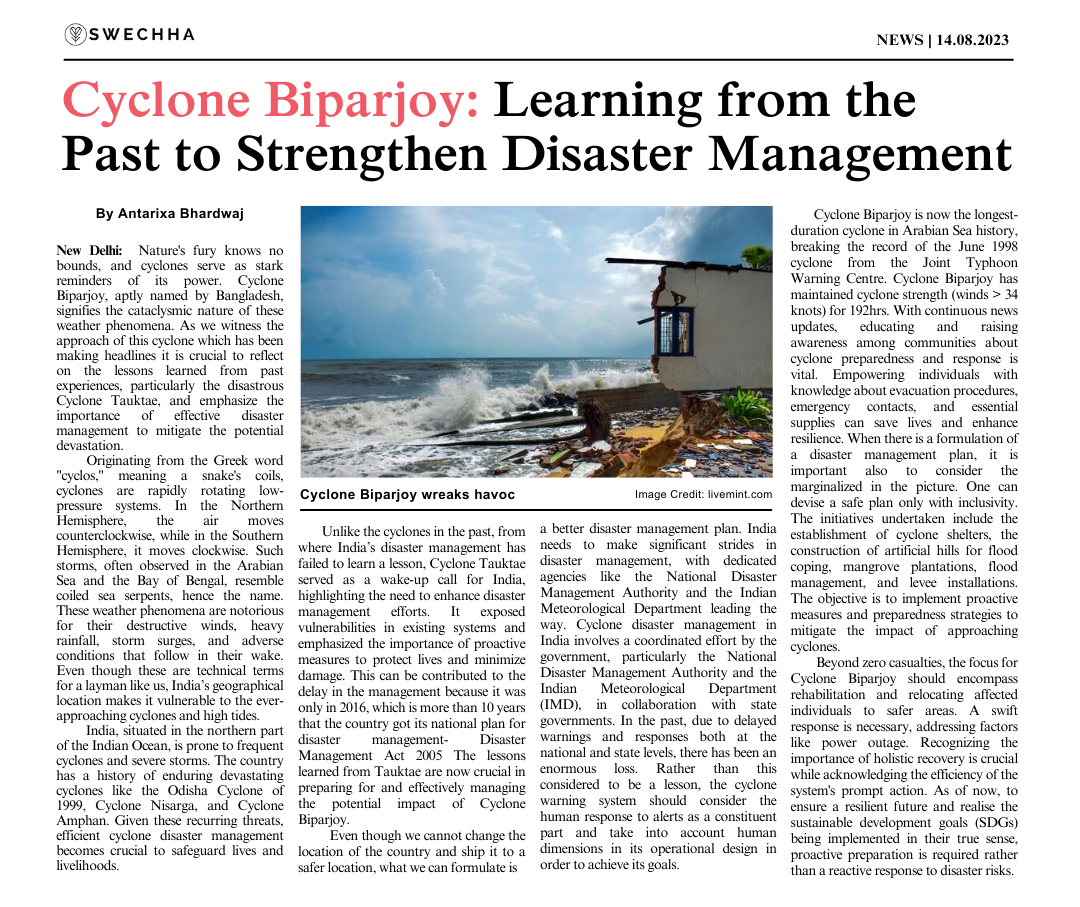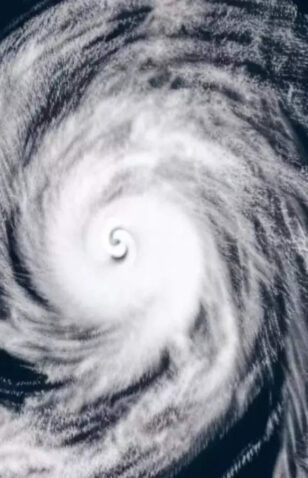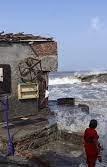CYCLONE BIPARJOY: Learning from the Past to Strengthen Disaster Management
- by Antarixa Bhardwaj

Nature's fury knows no bounds, and cyclones serve as stark reminders of its power. Cyclone Biparjoy, aptly named by Bangladesh, signifies the cataclysmic nature of these weather phenomena. As we witness the approach of this cyclone which has been making headlines it is crucial to reflect on the lessons learned from past experiences, particularly the disastrous Cyclone Tauktae, and emphasize the importance of effective disaster management to mitigate the potential devastation.Originating from the Greek word "cyclos," meaning a snake's coils, cyclones are rapidly rotating low-pressure systems. In the Northern Hemisphere, the air moves counterclockwise, while in the Southern Hemisphere, it moves clockwise. Such storms, often observed in the Arabian Sea and the Bay of Bengal, resemble coiled sea serpents, hence the name. These weather phenomena are notorious for their destructive winds, heavy rainfall, storm surges, and adverse conditions that follow in their wake. Even though these are technical terms for a layman like us, India’s geographical location makes it vulnerable to the ever-approaching cyclones and high tides.India, situated in the northern part of the Indian Ocean, is prone to frequent cyclones and severe storms. The country has a history of enduring devastating cyclones like the Odisha Cyclone of 1999, Cyclone Nisarga, and Cyclone Amphan. Given these recurring threats, efficient cyclone disaster management becomes crucial to safeguard lives and livelihoods.
Unlike the cyclones in the past, from where India’s disaster management has failed to learn a lesson, Cyclone Tauktae served as a wake-up call for India, highlighting the need to enhance disaster management efforts. It exposed vulnerabilities in existing systems and emphasized the importance of proactive measures to protect lives and minimize damage. This can be contributed to the delay in the management because it was only in 2016, which is more than 10 years that the country got its national plan for disaster management- Disaster Management Act 2005 The lessons learned from Tauktae are now crucial in preparing for and effectively managing the potential impact of Cyclone Biparjoy.
Even though we cannot change the location of the country and ship it to a safer location, what we can formulate is a better disaster management plan. India needs to make significant strides in disaster management, with dedicated agencies like the National Disaster Management Authority and the Indian Meteorological Department leading the way. Cyclone disaster management in India involves a coordinated effort by the government, particularly the National Disaster Management Authority and the Indian Meteorological Department (IMD), in collaboration with state governments. In the past, due to delayed warnings and responses both at the national and state levels, there has been an enormous loss. Rather than this considered to be a lesson, the cyclone warning system should consider the human response to alerts as a constituent part and take into account human dimensions in its operational design in order to achieve its goals.
Cyclone Biparjoy is now the longest-duration cyclone in Arabian Sea history, breaking the record of the June 1998 cyclone from the Joint Typhoon Warning Centre. Cyclone Biparjoy has maintained cyclone strength (winds > 34 knots) for 192hrs. With continuous news updates, educating and raising awareness among communities about cyclone preparedness and response is vital. Empowering individuals with knowledge about evacuation procedures, emergency contacts, and essential supplies can save lives and enhance resilience. When there is a formulation of a disaster management plan, it is important also to consider the marginalized in the picture. One can devise a safe plan only with inclusivity. The initiatives undertaken include the establishment of cyclone shelters, the construction of artificial hills for flood coping, mangrove plantations, flood management, and levee installations. The objective is to implement proactive measures and preparedness strategies to mitigate the impact of approaching cyclones.
Beyond zero casualties, the focus for Cyclone Biparjoy should encompass rehabilitation and relocating affected individuals to safer areas. A swift response is necessary, addressing factors like power outage. Recognizing the importance of holistic recovery is crucial while acknowledging the efficiency of the system's prompt action. As of now, to ensure a resilient future and realise the sustainable development goals (SDGs) being implemented in their true sense, proactive preparation is required rather than a reactive response to disaster risks.

Image source - The Economic Times

Image source - The Indian Express
Highlights
- India is exposed to the world’s 8% of the tropical cyclones. India with a coastline of 7516km and nearly 32 crore people in 9 coastal states are vulnerable to the impact of cyclones.
- As per IMD and local data collectors, the cyclone hit Gujarat at 10pm (17:30 GMT) with a high wind speed of 108km/h [67mph] but it is now moving at an average speed of 78km/h [48mph] towards Bujh district close to the border with Pakistan.
- It was only in 2016, more than ten years after enactment of the Disaster Management Act 2005, that the country got its national plan for disaster management.
- The cyclone Biparjoy is likely to hit the states of Maharashtra, Gujarat and Rajasthan. It will weaken as it approaches land, but the region experienced heavy rain, damaging winds and coastal storm surges in the days leading up to its landfall.

